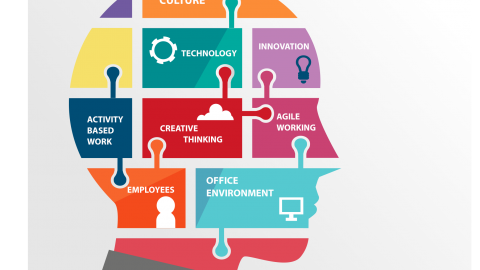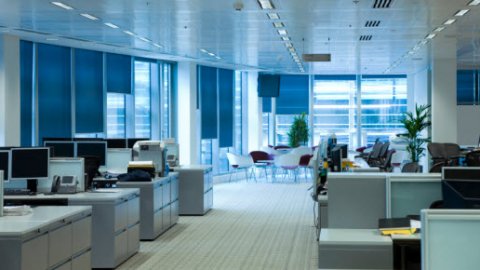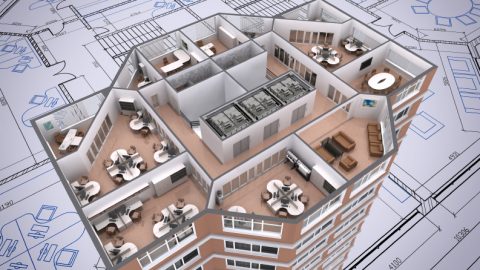Tip #3 – One step at a time
Putting the pieces together
We can all get caught up in our own sphere of problem solving and decision making difficulties. With such differing workplaces, it’s important to remember there’s no single one-size-fits-all template, you have to find your own way with the nature of your business significantly impacting your work space management. Steve Jobs articulated this best with “deciding what not to do is as important as deciding what to do”
Deconstruct, break steps down into smaller phases and transition a small team first. You can expand to a bigger area at a later date but rarely is there a need for an immediate company-wide transition (albeit they do exist, for example, moving offices or rapid growth – you can contact simple.space if you need help planning!), staff will immediately take notice and sights will shift towards a new and improved work style, ethic and culture shift.
Whilst ABW and Flexi-Desking are somewhat separate styles of working, they tend to intersect in modern workspaces with many forced into Flexi-desking to satisfy immediate needs, often giving it a bad wrap.
How and where do I start?
Preparation and planning is key!
Make sure you have a convenient locker or document storage location for any teams or individuals you intend to move, it will make for a smoother transition if there’s somewhere staff can place their valued personal and work items. Make sure there is sufficient Flexi-Desk locations or unbookable meeting areas for ABW scenarios, this will encourage staff to move away from desks and work near each other.
ABW Spaces
This is by no means a fully catered list, for that, there’s a flood of resources online that explain the ABW philosophy, nevertheless, listed below are the main Activities Areas typically highlighted in an ABW environment:
- Work Space for individuals
- Paired Work Space for 2-staff working on a project (typically groups of paired desks)
- Focus Space for quiet, focused work
- Team Project Spaces (typically desk area(s) for 2-8 to work together)
- Bookable meeting spaces for small groups (4-6)
- Bookable meeting spaces for large groups (6+)
- Unbookable meeting spaces
- Shared lockable cabinets (for teams / confidential information / security)
- Individual lockers or lockable draws / small cabinets for staff
Flexi-Desk Spaces
- Work Space for individuals
- Work Space for teams/departments
- Shared lockable cabinets (for teams / confidential information / security)
- Individual lockers or lockable draws / small cabinets for staff
Now that you know more about your space details, requirements and possible types of working spaces, you can prepare the relevant space, talk to IT (more on this in our next article so stay tuned!) and engage your staff to test the waters of ABW and/or Flexi-Desking.
Keep in mind our Tip #2 and account for as little as 2-5% of your staff (2% for larger organisations and 5% for smaller).
Record any special cases such as workstations or those without laptops that are unable to move due to software or a health condition. Whilst health cases may restrict movement, you could approach I.T.
We interact with many businesses of a roughly 100~ staff head count. Using this head count, 5% is a mere 5 people you need to find that may be able to flexi desk. Start by looking at anyone that does not require any special software and is not a health case, eliminating these staff from your list should produce some favorable results.
Record any special cases such as workstations or those without laptops that are unable to move due to unique software or a health condition. Whilst health cases may restrict movement, you could approach I.T.
Come back next week, IT Department explained
To get more tips and advice on managing your workspace, subscribe to our newsletter











